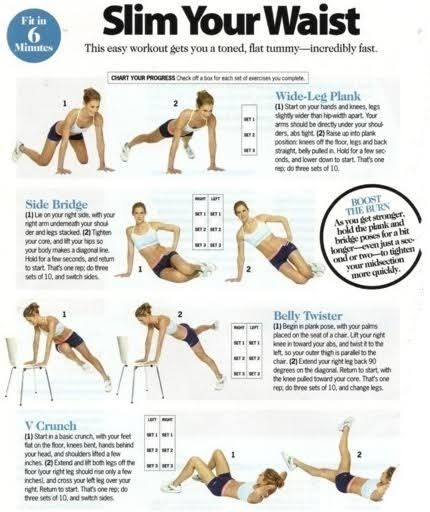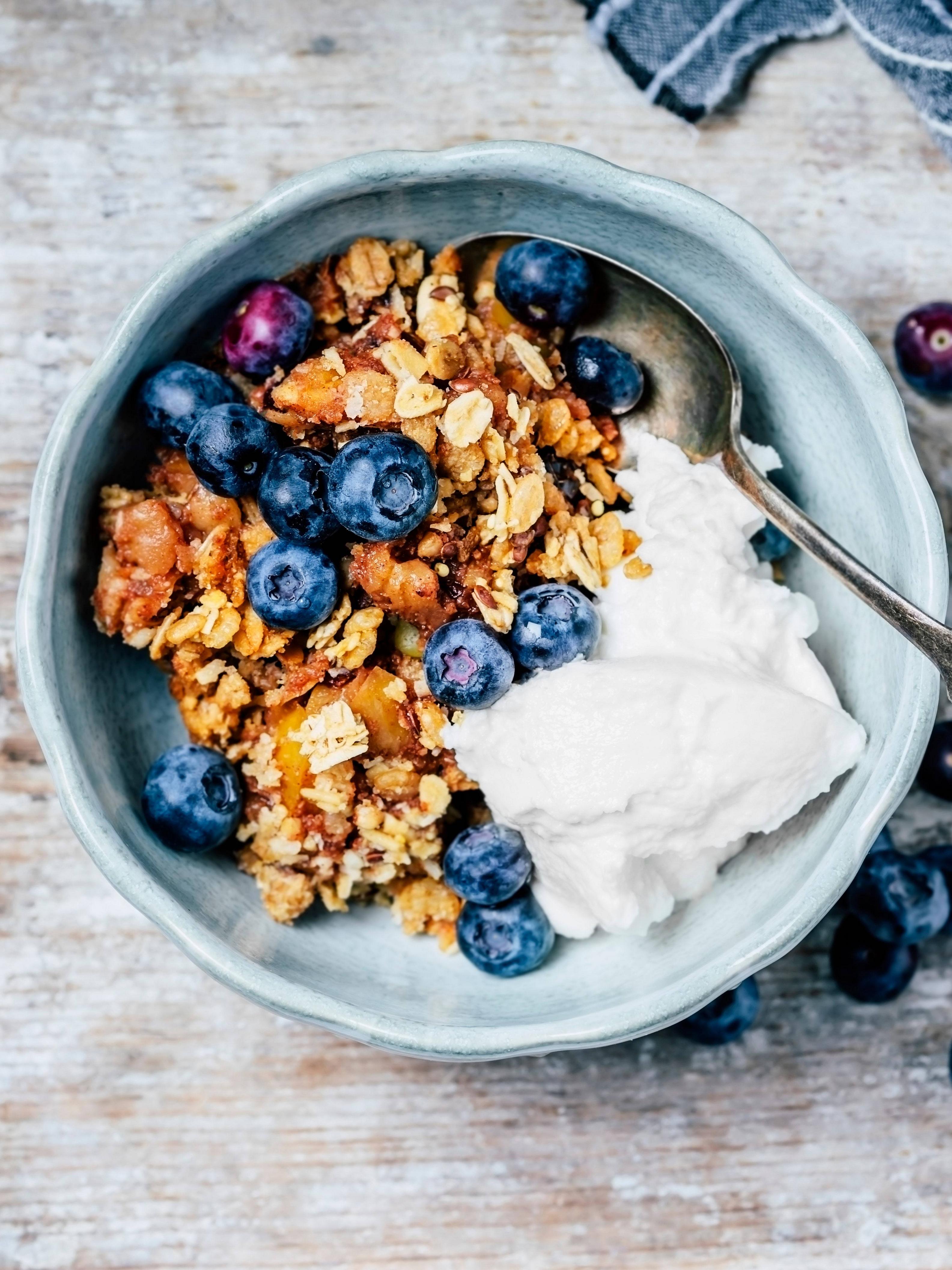
When looking for a workout plan for a 25-year-old male, there are several factors you must keep in mind. You should do high-intensity exercises for 60 minutes. Then, you will have periods of low-intensity and rest. This will allow your body to build muscle, while also giving it enough time to rest and recover. Your body should feel as energetic as possible after each workout.
As you enter your twenties, it is a time called adolescence. You are more adventurous, open to new ideas, and more curious. Your body is still strong and resilient, so you won't be hurt or overexerted from heavy exercise. You should avoid doing too much too soon. Keep to a low-intensity exercise program and slowly increase your weight.

Besides avoiding extreme workouts, you must avoid combining them with low-impact cardio exercises. Combined with weight-lifting, cardiovascular exercises are important for men of all ages, but these should be done with caution. Building muscle is not the goal. Rather, your body should be able to take on less stress. Instead of building muscle, focus on muscle preservation.
The best workout for a 25 year old male will get you to a new level. You will start by building muscle with low intensity movements. Next, you can move to heavier weights or higher-intensity exercise. This program should allow you to complete all your reps.
A 25-year-old man should train to strengthen his lower muscles. Begin with a simple squat. Then, work up to fifty per day. He should use his core to stabilize both his hips as well as his lower back. This is an essential component of a well-rounded workout plan for a male 25 years old. It will make him more muscular if done correctly.

Once he's confident with his exercise routine, he can move on to more advanced exercises. One of his favorite exercises is the plank. The plank position is for the shoulders and arms. A tight core and strong glutes are essential. After a ten second warm-up he should be able to lift one foot off the floor and tap his other to the ground. Repeat the process with the second foot. The goal of this exercise is to strengthen the glutes, back, and legs.
A workout plan for a twenty-five-year-old male should focus on building lean muscle. For instance, a 25-year-old male should aim to reach a maximum heart rate of one hundred and fifty beats per minute. Aiming for this target heart rate will help you identify which exercises are effective and which ones are not. It is also important to know the maximum heartbeat of a 25 year-old male in order to decide which exercise is the most effective.
FAQ
What are 5 ways to live a healthy lifestyle?
Healthy lifestyles include eating right, exercise regularly, getting enough rest, managing stress, having fun, and eating healthy. Good eating habits include avoiding processed foods, sugar, unhealthy fats, and avoiding junk food. Exercise burns calories and strengthens the muscles. Getting enough sleep improves memory and concentration. Managing stress reduces anxiety and depression. Fun keeps us vibrant and young.
What should I eat?
Get lots of fruits & vegetables. They contain vitamins and minerals which help keep your immune system strong. Also, fruits and vegetables are rich in fiber. This makes them filling as well as helping with digestion. You should eat at least five servings per day of fruit or veg.
Drink plenty of water. Water flushes toxins out of the body and helps to feel full between meals. Drink about eight glasses each day.
Eat whole grains instead of refined ones. Whole grains are rich in nutrients such as iron, zinc and magnesium. Refined grain has lost some of its nutrition.
Avoid sugary drinks. Sugary drinks are full of empty calories and lead to obesity. Instead, drink water, milk, or unsweetened Tea.
Avoid fast food. Fast food has very low nutritional value. You won't get the energy you need to function well, despite how delicious it may be. Choose healthier options like salads, soups and sandwiches as well as pasta dishes.
Limit your alcohol consumption. Alcohol is a poor nutrient and has empty calories. Limit your intake of alcohol to two drinks per week.
Try to cut down on red meat. Red meats contain high amounts of saturated fats and cholesterol. Choose lean cuts such as beef, pork and lamb, chicken, fish, or turkey.
How much should I weight for my height and age? BMI chart & calculator
To determine how much weight loss you need, a BMI calculator is your best friend. A healthy BMI range is between 18.5 and 24.9. Weight loss is possible if you aim to lose approximately 10 pounds per week. Enter your height in the BMI calculator.
Check out this BMI chart to determine if you are overweight or obese.
Get immune enhancement with herbs and supplements
You can boost your immune function with herbs and natural remedies. You can use ginger, garlic, echinacea oregano oil and vitamin C as examples.
These herbs should not be considered as a substitute for conventional medical treatment. They may cause side effects such as nausea, diarrhea, stomach cramps, headaches, dizziness, and allergic reactions.
How do I count calories?
You might wonder, "What's the best diet for me?" or "is counting calories necessary?" The answer to this question depends on many factors, including your current health, your personal goals and preferences, as well as your overall lifestyle.
The Best Diet For Me: Which One Is Right?
My personal health, goals and preferences as well as my lifestyle determine which diet is best for me. There are many diets available, some good and others not so good. Some work well for certain people while others don't. What can I do to make the right choice? How do I make a good decision?
These are the questions this article will answer. The article starts by introducing the many types of diets currently available. Next, we'll discuss the pros and cons for each type of diet. We'll then discuss how to choose which one is best for you.
Let's begin by briefly reviewing the different types and diets.
Diet Types
There are three main types. Low fat, high proteins, and ketogenic. Let's look at each one briefly.
Low Fat Diets
A low-fat diet restricts fat intake. This is achieved by reducing saturated fats like butter, cream cheese, and other dairy products. and replacing them with unsaturated fats (olive oil, avocados, etc.). For those looking to lose weight quickly, a low-fat diet is often recommended. This diet can cause constipation, heartburn, and stomach problems. In addition, it may lead to vitamin deficiencies if a person doesn't get enough vitamins from their food.
High Protein Diets
High protein diets reduce carbohydrates to favor of proteins. These diets are more protein-rich than others. These diets can help increase muscle mass and decrease calories. However, they might not provide enough nutrition for those who need to eat frequently. They are also very restrictive, so they might not be appropriate for everyone.
Ketogenic Diets
Ketogenic diets are also known as keto diets. They are high-fat and low in carbs and protein. These foods are popular among athletes and bodybuilders as they allow them to train harder, longer and without becoming tired. To avoid side effects such as fatigue, nausea, headaches, or other unpleasant side effects, you must strictly adhere to their instructions.
Exercise: Good for immunity or not?
Exercise is good exercise for your immune system. Exercise boosts the production of white blood cells, which can fight off infections. Your body also eliminates toxins. Exercise can prevent diseases such as cancer and heart disease. Exercise can help reduce stress.
Exercising too frequently can make your immune system weaker. Your muscles can become sore if you exercise too much. This can cause inflammation and swelling. Your body then has to produce more antibodies to fight off infection. The problem is that these extra antibodies can cause allergies and autoimmune disorders.
So, don't overdo it!
What is the problem?
BMI is the acronym for Body Mass Index. It measures body fat based upon height and weight. The following formula can be used to calculate BMI.
Weight in kilograms divided with height in meters.
The result is expressed in a number between 0 - 25. Scores between 0 and 25 indicate obesity. A score of 18.5 indicates overweight. A score of 23 indicates obesity.
A person who weighs 100 kg and has a height of 1.75 m will have a BMI of 22.
Statistics
- According to the Physical Activity Guidelines for Americans, we should strive for at least 150 minutes of moderate intensity activity each week (54Trusted Source Smoking, harmful use of drugs, and alcohol abuse can all seriously negatively affect your health. (healthline.com)
- This article received 11 testimonials and 86% of readers who voted found it helpful, earning it our reader-approved status. (wikihow.com)
- WHO recommends consuming less than 5% of total energy intake for additional health benefits. (who.int)
- In both adults and children, the intake of free sugars should be reduced to less than 10% of total energy intake. (who.int)
External Links
How To
What does the word "vitamin" mean?
Vitamins can be described as organic compounds found in food. Vitamins help us absorb nutrients from foods we eat. Vitamins cannot be made by the body; they must be taken from food.
Two types of vitamins exist: water-soluble vitamin and fat-soluble vitamin. Water-soluble vitamins dissolve easily when they are dissolved in water. Examples include vitamin C,B1 (thiamine), B2 (riboflavin), B3 (niacin), B6 (pyridoxine), folic acid, biotin, pantothenic acid, and choline. Fat-soluble vitamins can be stored in the liver or in fatty tissue. You can find vitamin D, E K, A, beta carotene, and other fat-soluble vitamins.
Vitamins can be classified according to biological activity. There are eight main groups of vitamins.
-
A – Essential for normal growth, and the maintenance of good health.
-
C - important for proper nerve function and energy production.
-
D - Essential for healthy teeth and bones.
-
E is necessary for good vision, reproduction.
-
K – Required for healthy nerves & muscles.
-
P - Essential for strong bones and teeth.
-
Q - aids digestion, absorption and absorption iron
-
R is required for the production of red blood cells.
The recommended daily allowance (RDA) of vitamins varies depending on age, gender, and physical condition. The U.S. Food and Drug Administration, (FDA), sets the RDA value.
For adults over 19 years, the RDA is 400 mg per day for vitamin A. Pregnant women require 600 micrograms daily to support fetal development. Children ages 1-8 require 900 micrograms per day. Babies under one-year old require 700 mg per day. Between 9 and 12 years of age, however, this drops to 500 mg per day.
Children between the ages of 1-18 need 800 micrograms per daily for obesity, while children overweight require 1000 micrograms. Children underweight or obese will need 1200 mg per day.
Children between 4 and 8 years old with anemia will need 2200 micrograms daily of vitamin C.
2000 micrograms daily is required for adults over 50 to maintain their general health. Breastfeeding or pregnant women require 3000 micrograms per daily due to higher nutrient demands.
Adults over 70 need 1500 micrograms daily, as they lose 10% of their muscle every ten years.
Women who are pregnant or lactating need more than the RDA. Pregnant women require 4000 micrograms daily during pregnancy, and 2500 micrograms every day after birth. Breastfeeding moms need 5000 micrograms each day when breastmilk production occurs.